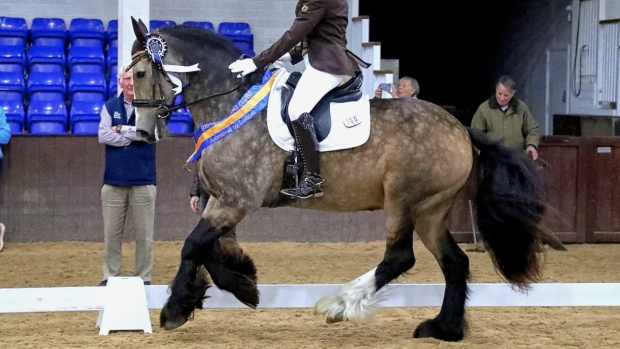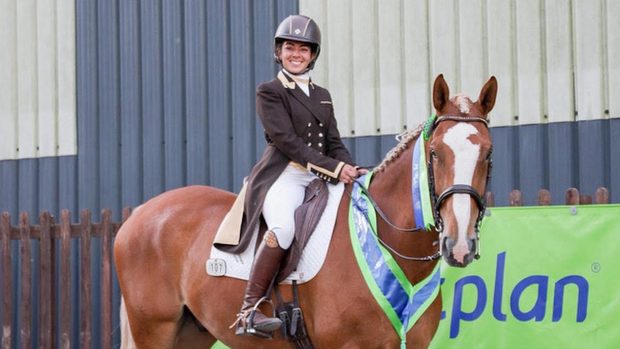Freestyle dressage to music is fun and can showcase your horse’s strong points. It takes some time to get the right floorplan and music so don’t leave it to the last minute. Helen Triggs gives eight pointers to help you get started
1. Watch some freestyle classes at your level. This will give you a good idea of how to create an inventive floorplan. Ask other riders who did their floor plan and music and if they would recommend them for you. Talk to your trainer about what your horse is good at and what you need to disguise as much as possible.
2. Don’t make your floor plan too complicated. List 1 judge Kim Ratcliffe says: “Keep it simple. Too many changes of direction and pace, movements in odd places and an asymmetrical pattern just make it very difficult for the judge.
“Remember, they will not know what your floorplan is supposed to be, so if something goes wrong you can improvise. If your test is symmetrical you are less likely to forget it.”
Continued below…
Does seeing female competitors without hairnets make your stomach do a little flip? And is all your kit patent or

25 signs you’re an incurable dressage diva/divo
3. Be inventive with the floorplan. “The last thing you want to do is to go round and round the outside,” says Kim. Serpentines, figures of eight or shallow loops not only look better but help you get the horse more engaged too.
A lot of things can affect the performance on the day — the surface maybe a bit deeper than at home, the excitement of the competition may make your horse’s tempo quicker. “Make sure you know your music really well — listen to it in the car while driving or walking the dog. Then you will know if you are ahead or behind the music in the test and need to go deeper into the corners or take a shortcut across the arena,” advises Kim.
4. Don’t forget the compulsory movements. It is expensive to miss any out. If your horse is not so good at a movement, allow for repeating it so you can get a better average score if it doesn’t come off the first time.
“If your horses shines at something, avoid the temptation to repeat it too many times — you don’t want to risk a good score being brought down by later mistakes,” advises Kim.
5. You can create your own music programme or use a professional. You can download music editing programmes from the internet which are not that difficult to use and create your own CD. For a professional result it’s important that the changes of music are smooth and don’t jump.
Most people pay a professional and, depending on who you use, you should get a good programme for around £120-160. You can video your test and send it off or have a live session where the floorplan is worked out and filmed and the music selected. You may have a clear idea of what music you want or ask the programme maker to make suggestions.
6. Matching the footfall to the beat. This is the tricky but crucial part. The music must fit the horse’s personality and type and the tempo should match the footfall as much as possible. Taking a video of the test and then listening to music while you watch it will help get it right. Use dramatic phrases in the music to highlight your medium/extended strides.
7. Pick music you like as you are going to have to listen to it a lot. It is also best to choose a theme or a genre to make the music programme coherent. Vocals are OK as long as they are not too obtrusive. If you can, find something original but don’t choose music that appeals only to a select few. Film and TV soundtracks are often used because they contain variation and changes of phrasing and pace which you can incorporate into the performance.
8. A license is required to play music in public. Check the British Dressage (BD) website (www. Britishdressage.co.uk) which will give you full information and guidance. You can become a BD music member for £30 a year.
9. You should have two CDs of the music and try them out to make sure they will play in CD players and computers alike.



